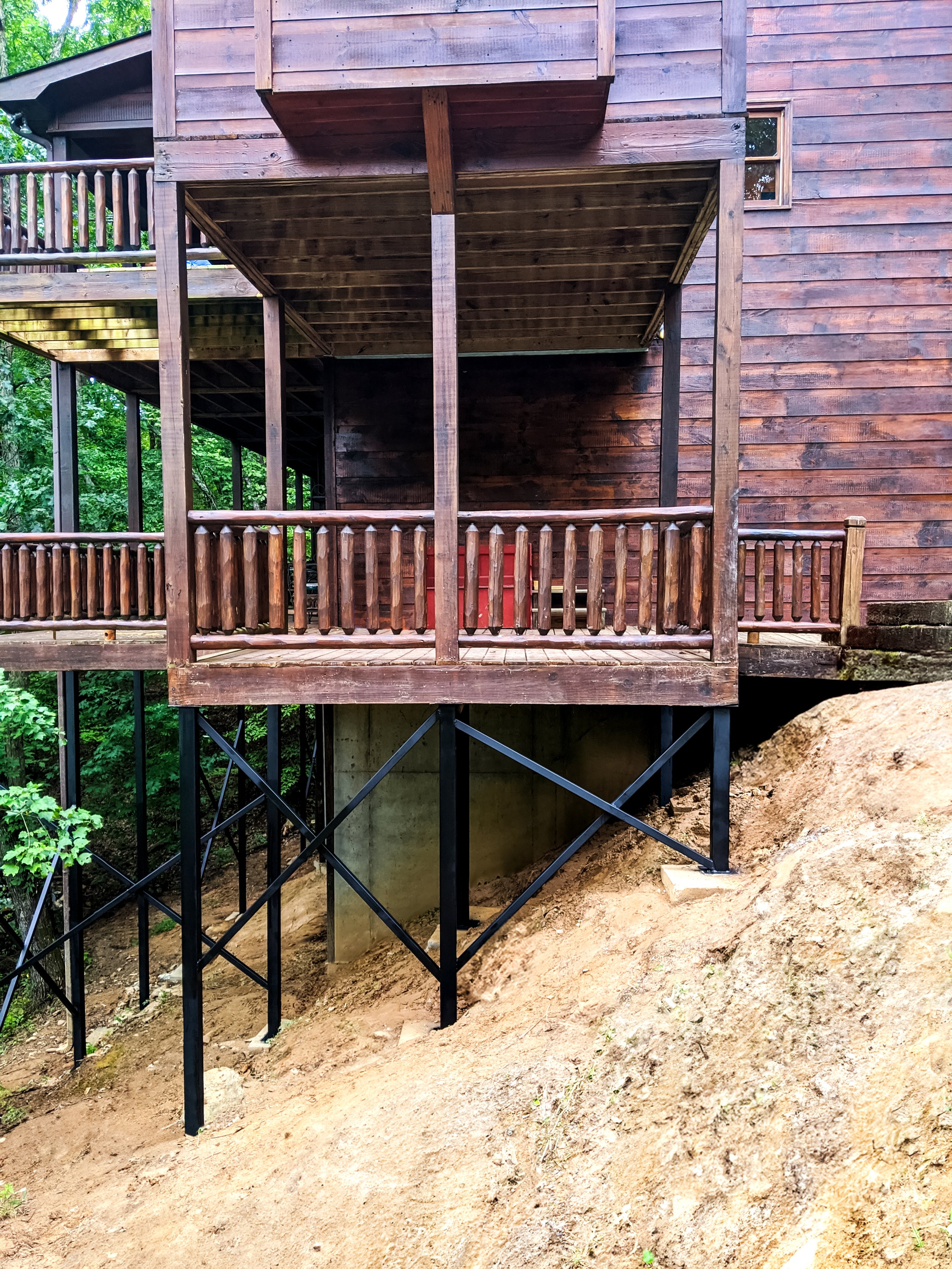How Do You Repair Damaged Decking?
Introduction
Decking serves as an outdoor oasis, a gathering space for friends and family, or simply a place to unwind after a long day. However, like all parts of your home, it can suffer from wear and tear over time. Weather conditions, heavy foot traffic, and even pests can cause damage that needs addressing. So, how do you repair damaged decking? This article will guide you through the process step-by-step while also covering more intricate aspects of structural deck and porch repair.
What Causes Deck Damage?
Understanding the Common Culprits
Before diving into repairs, let's take a moment to understand what causes damage to decks:

Understanding these factors helps in taking preventative measures to prolong your deck's life.
How Do You Repair Damaged Decking?
Assessing the Damage
Before any repairs can be made, you need to assess the damage thoroughly.

- Visual Inspection: Look for loose boards, discoloration, or signs of rot.
- Physical Tests: Walk on different sections to identify soft spots; this usually indicates underlying rot.
Once you've identified the damaged areas, it's time to plan your repair strategy.
Gathering Necessary Tools and Materials
Essential Tools List
You can't start repairing without the right tools! Here's what you'll need:
- Hammer
- Screwdriver
- Saw (circular or hand)
- Level
- Measuring tape
- Pry bar
Materials Required for Repair
Make sure you have these materials on hand:
- Replacement boards (choose wood types suitable for your existing deck)
- Wood screws or nails
- Wood sealant or stain
- Wood filler (for minor cracks)
Having everything ready will streamline the repair process.
Step-by-Step Guide to Repairing Your Deck
Step 1: Remove Damaged Boards
Using a pry bar or screwdriver, carefully remove any damaged boards. For stubborn nails or screws:
Step 2: Inspect Underlying Structure
Once you've removed the damaged boards, check for any structural issues beneath:
- Look for rotting joists or beams.
- Ensure that all support structures are intact.
If there’s significant damage here, consider consulting with a professional for structural deck and porch repair.
Step 3: Replace with New Boards
Cut your replacement boards to size using a saw. Ensure they match the width and thickness of your existing decking materials.
Step 4: Fill Gaps and Cracks
For smaller cracks or holes in existing boards:
This not only improves aesthetics but also prevents moisture infiltration that could lead to further damage.
Step 5: Seal It Up!
Sealing is crucial after repairs are finished:
Maintaining Your Newly Repaired Deck
Regular Inspections Are Key
To prolong your deck's life post-repair:
- Check every season for signs of wear.
- Look specifically at joints and edges where water might collect.
Cleaning Your Deck Regularly
Keep your decking clean by sweeping away debris regularly:
Preventative Measures After Repairing Decking
Choosing Quality Materials from the Start
When replacing decking boards or other materials during repairs:

- Invest in high-quality wood treated against pests and rot.
This upfront cost pays off significantly down the line!
Proper Drainage Solutions
If standing water was an issue contributing to your damage initially:
This will help keep things dry!
Common Mistakes When Repairing Decks—and How to Avoid Them
Not Addressing Underlying Issues First
Ignoring foundational problems can lead you right back where you started! Always inspect beneath before proceeding with surface fixes; otherwise you're just putting lipstick on a pig!
Skipping Sealing Steps
Failing to seal wood after repairs exposes it again—leading back towards rot faster than you can say “deck disaster”!
Always seal everything after making repairs!
FAQ Section
1. What type of wood is best for deck repairs?
Choosing pressure-treated lumber is often ideal due its resistance against rot Visit this page and insects; alternatively composite materials offer durability while requiring less maintenance.
2. How often should I inspect my deck?
It’s wise to check at least twice yearly—springtime inspection after winter weather damage might reveal hidden issues before summer gatherings begin!
3. Can I do this myself?
Yes! Many homeowners successfully undertake DIY projects if they're comfortable with tools—but don't hesitate calling pros if structural concerns arise during inspections!
4. What’s involved in a structural deck repair?
Structural repairs may include replacing support beams/joists which requires advanced carpentry skills; consult professionals unless you're very confident tackling these tasks alone.
5. Should I stain my deck?
Absolutely! Staining protects against UV rays while enhancing aesthetics; make sure it's done post-repair once everything has dried properly for best results!
6.How long does it take for repaired decks/porches dry completely?
Generally speaking allow freshly applied sealants/stains anywhere from several hours up until full days depending on humidity levels—always refer manufacturer instructions.
Conclusion
In conclusion, knowing how do you repair damaged decking is essential not only for maintaining its beauty but also ensuring safety for everyone who uses it! From understanding common causes of damage through assessing issues effectively down onto meticulous steps such as sealing—all contribute towards extending lifespan significantly while protecting investment made over years prior!
Always remember—regular inspections combined with proactive measures go miles toward preventing future headaches when dealt diligently today! Enjoy those summer barbecues knowing you've taken care of one crucial aspect of home upkeep successfully!
Feel free to reach out if there are any questions about specific scenarios regarding repairing damages on terraces/decks—or anything else related—you'll find plenty resources available too should further insights be required!